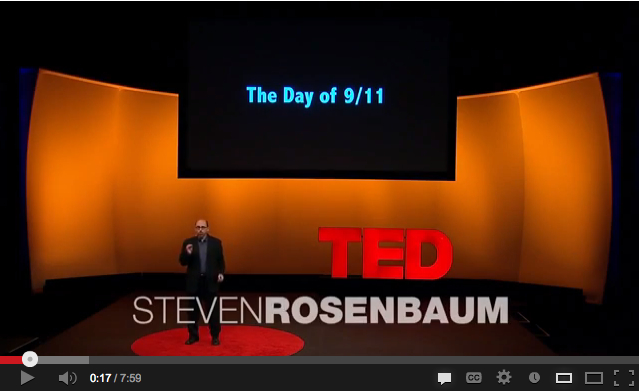Last year, I stood on the stage in Long Beach, California. In front of almost a thousand members of the TED community. There I shared a secret that I'd been keeping for almost a decade: I've had the privilege and responsibility of recording the conceptualization, design and construction of the National 9/11 Memorial Museum at Ground Zero. The talk I gave at TED University in 2012 gave my fellow TED attendees a look at the complex and often emotional work of curating the story of 9/11 for visitors, many of whom were too young to remember when the Twin Towers fell.
Today, that TED Talk has been viewed more than 70,000 times -- and the feedback and conversations it has prompted have served to teach me many things about the 9/11 story and its importance, and about the disconnect between the speed of the current world we live in and the actual time that doing big, complex things take.
The question I get asked most often is this one: "When will the museum open?" It wasn't a question I could answer at TED in 2012. But today, I'm happy to report that the opening is now within sight. Spring of 2014 is the answer -- and my now, often weekly, visits to the site have given me a front row seat to what I know can say with confidence will be an extraordinary and important institution when it opens to the public.
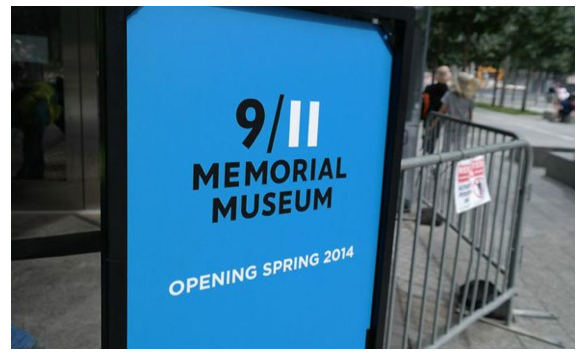
There's no doubt that the millions of visitor who've been to the Memorial, read the names and watched the waterfall over the parapets and into the voids below understand the gravity of what happened on the site. But for young people, the story is often left at: terrorists flew planes into builds and they collapsed. Once the museum opens, the story will gain remarkable detail and nuance. The names will have stories. The events will have context and -- thanks to work of the Museum team -- details, facts and knowledge will be brought out for public view.
Here are some images from the site and construction:
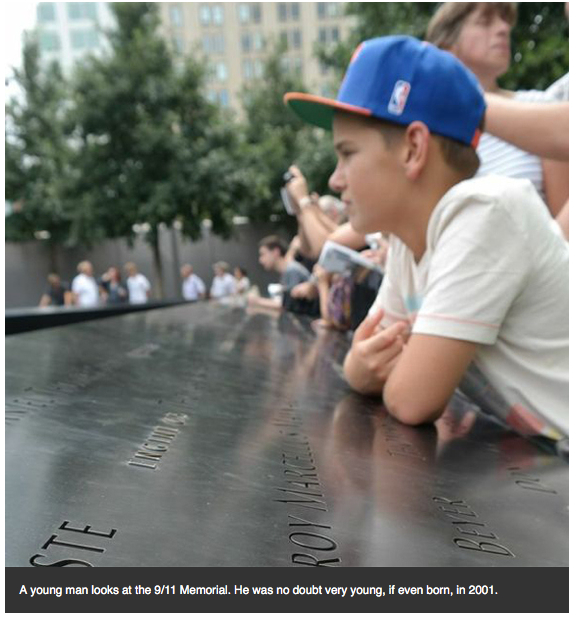
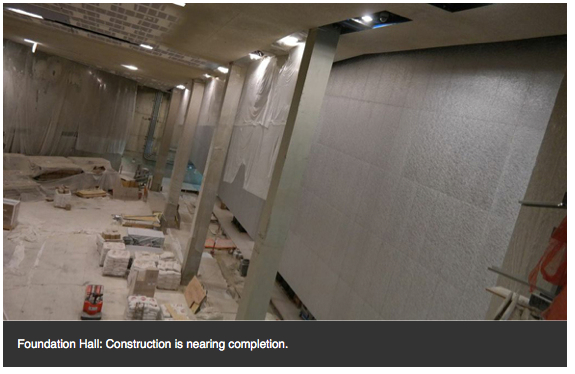

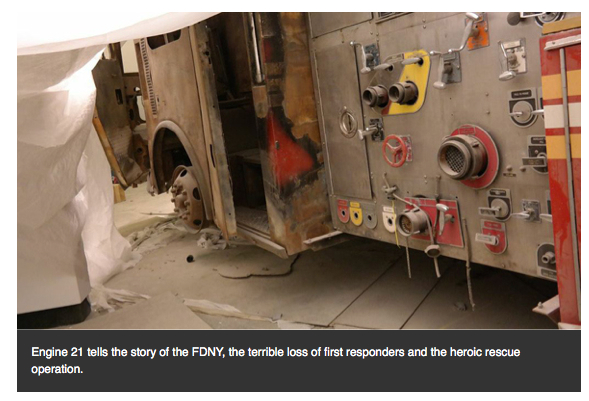
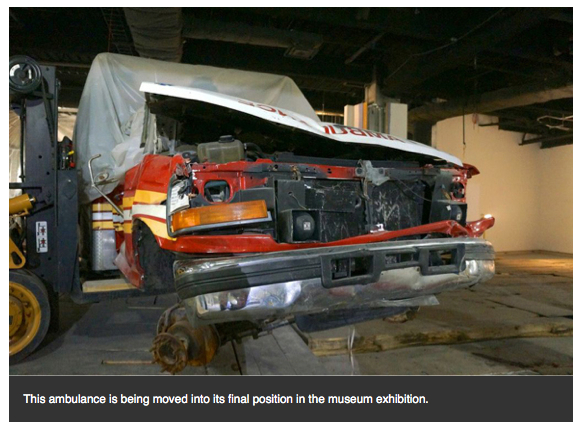
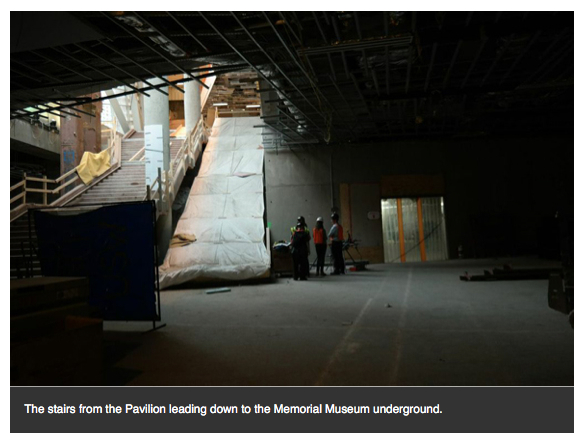
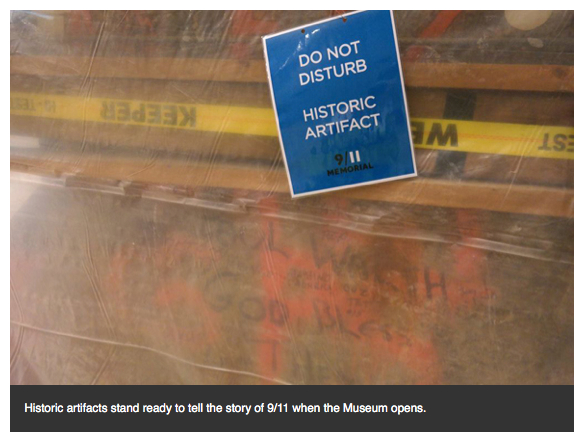
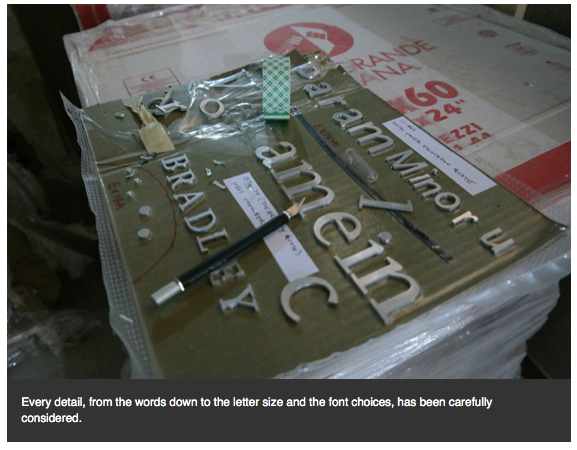
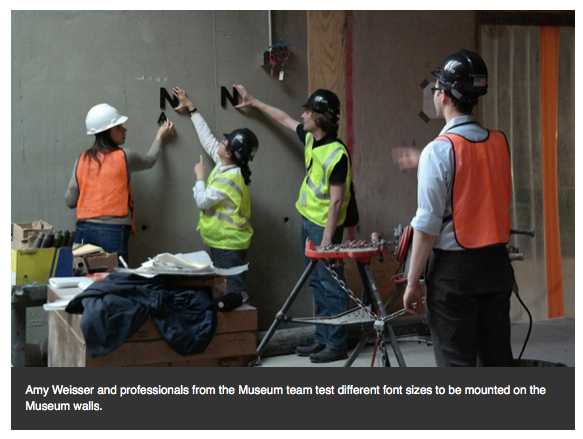
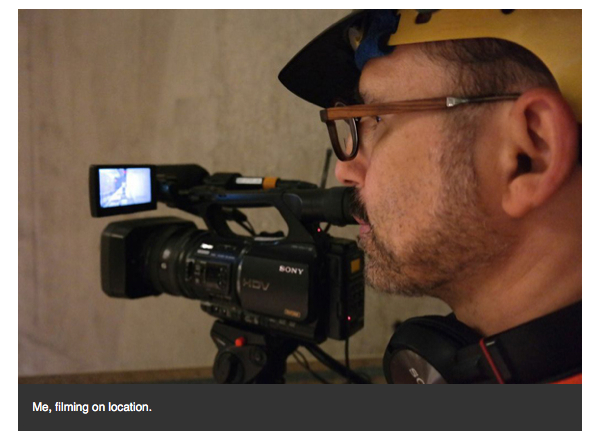


The project has had delays. An almost one-year construction shutdown was the result of a funding dispute -- and then Superstorm Sandy poured water into the site through an adjacent World Trade Center project, resulting in necessary cleanup and construction work.
But now that's all in the past. The construction is being completed. The museum exhibits and media displays are beginning to be moved to the site for testing and fine-tuning. The coming months will be full of twists and turns, as the full emotional weight of the story is brought to bear. It's an exciting, nerve-wracking and pressure-filled time. And one that, after seven years, I'm excited to see made ready for public viewing. One thing I'm certain of: the story of 9/11 becomes more complex, and more important, as world events change the complexion and conversation about our role in a danger-filled political world.
On the TED stage I asked the question: "Where were you on 9/11?" Soon, we'll all have a place to answer that question.
This was originally posted on the TED.com blog on 9/10/13

